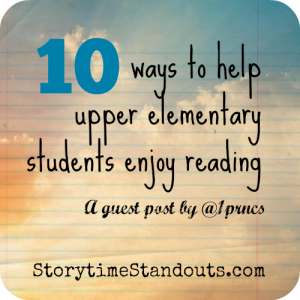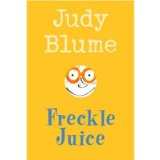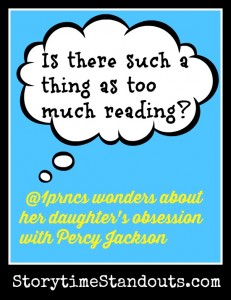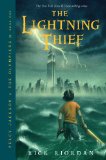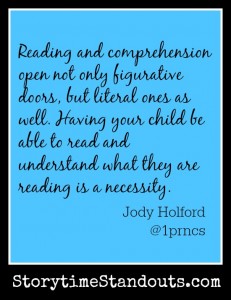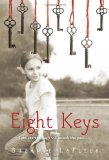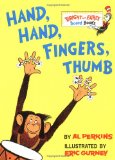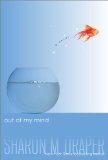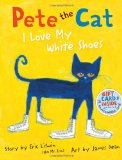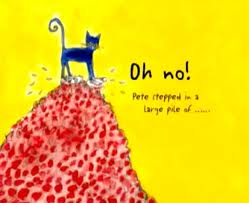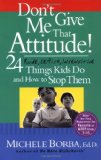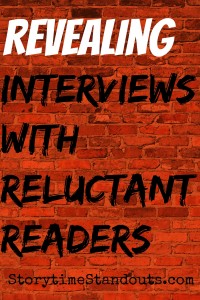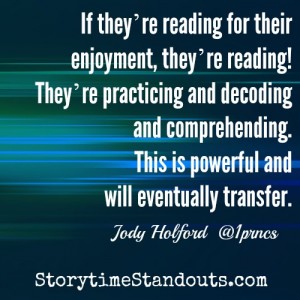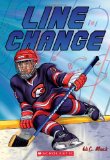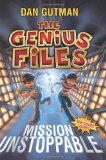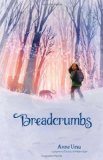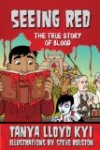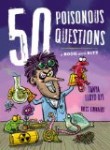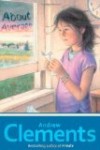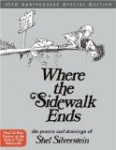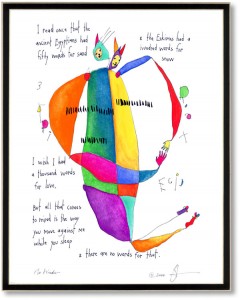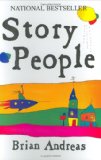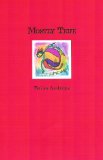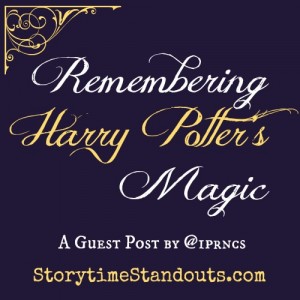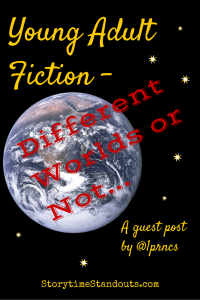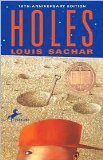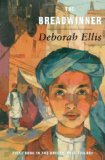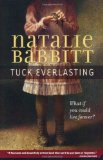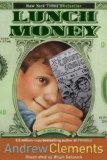There’s a great quote by Oscar Wilde that says: “It is what you read when you don’t have to that determines what you will be when you can’t help it.”. It’s a powerful quote and similar to the question: “Who are you when no one’s watching?” Both quotes/questions, I think, speak to being yourself, in your actions and in your choices. This includes reading and writing. One of the best ways to get middle grade students involved in reading and writing is to encourage them to learn more about themselves and go with what interests them.
What are some other ways to engage your middle grade / upper elementary students? Here’s what’s worked for me this year:
1. Get to know your students and their interests. Most kids who say they don’t like to read haven’t found a book that fits with who they are. Sometimes they are a little unclear on what appeals to them. They might not realize how many genres there are or that even if they are into sports, they might prefer mythology to sport related books. Case in point: I play absolutely no sports and have no athletic ability, but love to read books and watch movies where atheletes are the main characters.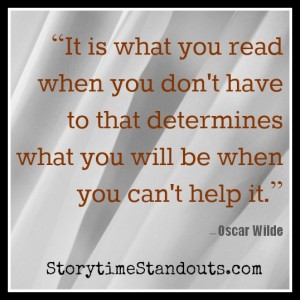
2. Choose with them. Students like attention and we don’t get much chance for one on one or small group. When you go to the library with them, utilize the library time. Look through the shelves with them. Ask what some of the kids have chosen, show interest, show them some you’ve found. Check in with them or pick a few you think they might like. It gives you a chance to connect with them and get some insight into how they choose.
3. Take their suggestions. It is a big thing when a reluctant reader comes to you and says, “I think you would like this book I read.” READ IT. They read it and now are furthering their connection with you; even if you don’t like it, you can discuss the parts you did or didn’t enjoy with them and engage them in comprehension, oops, I mean conversation.
4. Be honest about your struggles and strengths as a reader. I have two struggles that constantly come up: I am a terribly slow reader and I don’t read aloud very well. Picture books are one thing but I stumble a lot reading novels aloud. The kids feel more relaxed about not being perfect if we’re honest about the fact that we aren’t either. We don’t encourage kids to only play sports they excel at if they get true joy from a certain one. Likewise, you don’t have to be ‘the best’ at reading to enjoy it.
5. Challenge them in unique ways. Kids love competition (well, most kids). Do a teacher vs. student challenge for who can read the most, give prizes or reading points when milestones are reached, celebrate reading at an individual and classroom level. I do Reading Bingo with my class and depending on how many bingos they get, they can get out of an assignment or choose a brand new book from scholastic. The bingo is mandatory but what they do with it (bare minimum or all out) is up to them.
6. Read a book to your class for the simple pleasure of reading. For my read aloud, I tend to shy away from making them do writing activities or exercises. I want them to see that books can be just for fun and the excitement of getting involved in the character’s story. Generally, if I have a writing assignment, I will use our read aloud as an example. This week, we made character pamphlets. I chose the character from our read aloud to demonstrate the process but they chose from their guided reading books.
7. Read them picture books. Kids of all ages (and adults) love picture books. They have strong messages, great rhythm, and are often funny. They enjoy looking at the pictures and there are endless activities at the upper grades you can do using picture books.
8. Teach them how to decide if a book is not working for them. Kids think that adults expect them to finish everything they start and lots of times, we do. But, I’m unlikely to finish a book that I really don’t connect with or enjoy. If it’s curriculum related and it must be finished, then that’s just life. But, if it’s for silent reading or read aloud, it’s perfectly fine to pick up a book, realize it’s not for you, and take it back. In fact, it shows strength as a reader to recognize what appeals to you.
9. Just let them read. We focused on non-fiction a lot this year as an intermediate team at my school. Until this year, I’ve always said that silent reading was for reading our ‘within our reading level’ books. Once we started focusing on how to teach non-fiction and how to get kids to choose these books, I wondered why, especially when I just want kids to READ, I was limiting them. Now, they can read anything that is appropriate at school. We do need to make time for their ‘grade-level’ reading but in the end, if they read, they improve at reading.
10. Show them the connection between reading and writing. In my class, we use writing every day to do this. They have become stronger readers and writers through the process. Those that struggled with reading out loud are getting stronger. They are recognizing errors in their writing, finding topics to write about because they have broader interests, trying new genres like poetry and non-fiction. They don’t have to write something every time they read but ask them to think about and share the connection they see between reading and writing.
My goal is for students to realize the amazing journeys they can have just from reading a book. We live in a digital age and yes, technology is essential and important. However, if we can get kids curled up with a good book, turning pages, reaching for the sequel, we are encouraging them to become stronger at a skill that is not only essential but can bring them endless enjoyment. Never underestimate the power of a great book.


